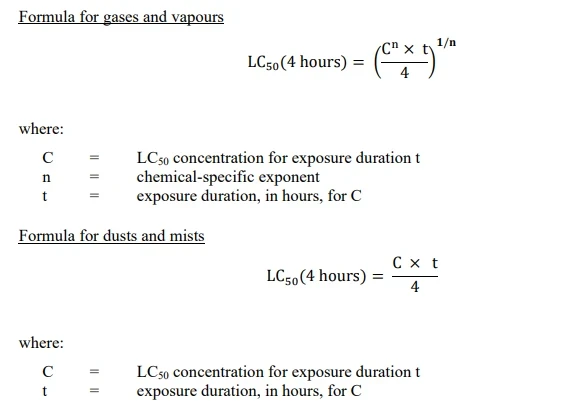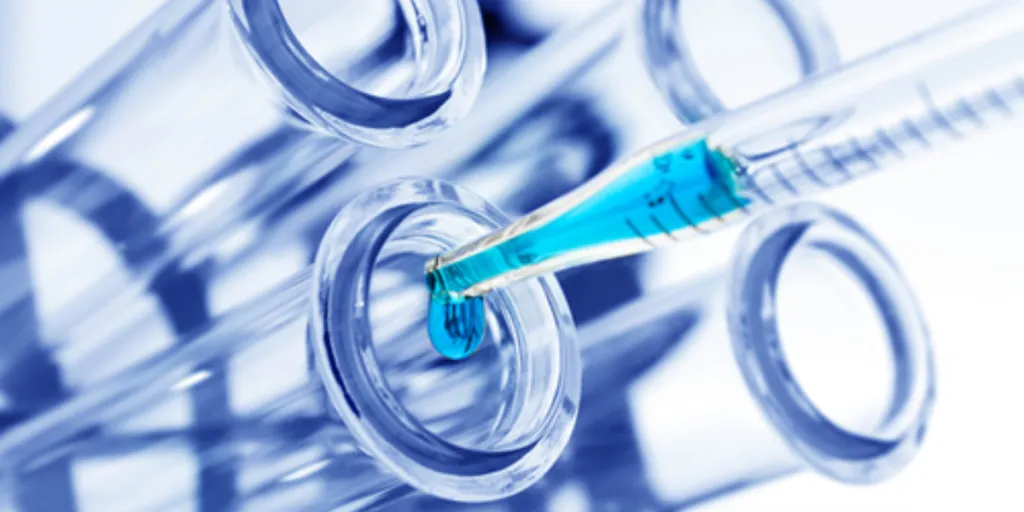On July 27, 2023, the United Nations Economic Commission for Europe (UNECE) published the Globally Harmonized System of Classification and Labelling of Chemicals (GHS Rev.10). Revisions are made on several parts, including
- the classification procedure,
- the use of non-animal testing methods,
- precautionary statements, and
- annexes 9 and 10.
UN GHS refers to the Globally Harmonized System of Classification and Labelling of Chemicals (purple book). It is an international system created by United Nations Committee of Experts on GHS, International Labor Organization (ILO) and the Organization for Economic Co-operation and Development (OECD) to address the classification of chemicals by types of hazards and harmonize hazard communication elements, including labels and safety data sheets. It aims at providing a basis for harmonization of rules and regulations on chemicals at national, regional and worldwide level, meanwhile, trade facilitation is also an important factor. The UN GHS 1st edition was released in 2003. From then on, United Nations Committee of Experts on GHS meets regularly to discuss the update of UN GHS and releases a revised GHS edition every two years.
In comparison with GHS Rev.9, significant changes are made to GHS Rev.10. For example, new provisions are formulated. In this article, CIRS makes explanations from the following perspectives:
I. Physical Hazards
1. In Chapter 2.1, pyrotechnic substance or mixture is defined as explosive substances or mixtures. Explosive or pyrotechnic effect is also newly added. It is an effect produced by self-sustaining exothermic chemical reactions including shock, fragmentation, projection, heat, light, sound, gas and smoke.
2. In Chapter 2.6, the open-cup test method for flammable liquid is introduced. Open-cup tests are acceptable for liquids which cannot be tested in closed-cup test methods (due to their viscosity) or when open-cup test data is already available. In these cases, 5.6℃ should be subtracted from the measured value, as open-cup test methods generally result in higher values than closed-cup methods. However, in GHS Rev.9, closed-cup tests are only accepted in special circumstances.
3. In Chapter 2.7, metal powders refer to powders of metals or metal alloys.
4. The definition of desensitized explosives is more clear. Desensitized explosives refer to substances and mixtures in the scope of chapter 2.1 which are phlegmatized to suppress their explosive properties in such a manner that they meet the criteria as specified in 2.17.2 and thus may be exempted from the hazard class “Explosives”. Moreover, “Test series 3: Is it too sensitive or thermally unstable?” is added to the decision logic of desensitized explosives. Pictograms and warning of explosives in chapter 2.1 from GHS Rev.9 are deleted.

II. Health Hazards
1. In Chapter 3.1 Acute toxicity, the formula is given to test inhalation toxicity under different exposure duration. The accepted exposure times for conversion range from 30min to 8h exposures.

2. The use of non-animal testing methods for classification of health hazards is clarified especially in Chapter 3.2 (Skin corrosion/irritation), Chapter 3.3 (Serious eye damage/eye irritation) and Chapter 3.4 (Respiratory or skin sensitization). Non-test methods include computer models predicting qualitative structure-activity relationships (structural alerts,SAR) or quantitative structure-activity relationships(QSARs) and read-across using analogue and category approaches.
3. In Chapter 3.2 Skin corrosion/irritation, conclusions on no classification from read-across and (Q)SAR shall be well substantiated. Conclusive non-test data for skin corrosion may be used for classification for effects on the eye.
4. In Chapter 3.4 Respiratory or skin sensitization, classification based on human data is added. A substance is classified as a skin sensitizer in category 1 if there is evidence in humans that the substance can lead to sensitization by skin contact in a substantial number of persons. In 3.4.2.2.3 Classification based on standard animal data, the classification of skin sensitization category 1 and sub-category can be made based on the results of radioisotopic local lymph code assay (LLNA).
III. Environmental Hazards
Revision is made on certain words and sentences to make the description more accurate and explicit. For example, in the end of Chapter 4.1, “specific label elements for substances and mixtures classified into this hazard class based on the criteria in this chapter” is given and this sentence is also presented in most chapters in GHS Rev.10.
IV. Hazards to the aquatic environment in Annexes
In Annex 9, the guidance on the classification of organicmetallic compounds and organicmetallic salts is added. In order to classify a mixture containing Acute 1 and Chronic 1 ingredients, the classifier needs to be informed of the value of the M factor in order to apply the summation method.
V. Hazard statement and precautionary statement
1. It is permitted to combine more than one health hazard statement of equivalent severity if, for example, there is insufficient space on the label. For example, the hazard statement of H317+H340+H350 indicates “May cause an allergic skin reaction, genetic defects, and cancer”.
2. The hazard statement of H315+H319 indicates “causes skin irritation and serious eye irritation”.
3. Precautionary statements are revised or added in several hazard classifications under GHS Rev.10. For example, P262, P264 and P270 are added to acute dermal toxicity-category 3. Great changes are made to the prevention precautionary statements of respiratory sensitization in the following table:
| Prevention | Response | Storage | Disposal | ||||
| Rev. 9 | Rev. 10 | Rev. 9 | Rev. 10 | Rev. 9 | Rev. 10 | Rev. 9 | Rev. 10 |
| P261P284 | P233P260P271P280P284 | P304 + P340P342 + P316 | P304 + P340P342 + P316 | – | P403 | P501 | P501 |
This revised version significantly enhances the explicitness and clarity of the classification procedure, which holds great significance for the GHS classification of chemicals. GHS Rev. 10 also offers fresh insights for the formulation and updates of GHS regulations in different countries, providing a more scientifically grounded approach to preparing hazardous chemical labels and safety data sheets (SDS).
Source from www.cirs-group.com
The information set forth above is provided by www.cirs-group.com independently of Alibaba.com. Alibaba.com makes no representation and warranties as to the quality and reliability of the seller and products.




